B2B Prices
Dear valued customers, We wanted to inform you about some upcoming changes to our pricing…
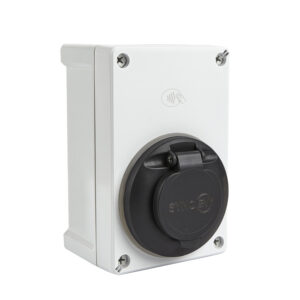
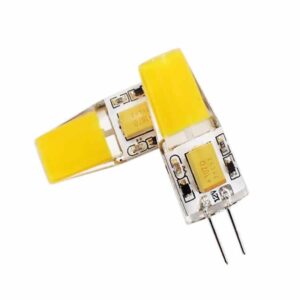
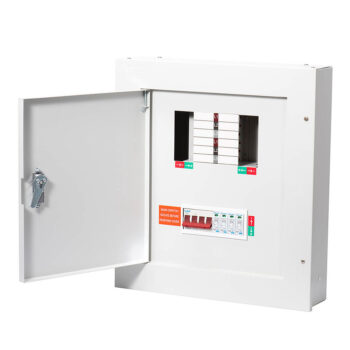
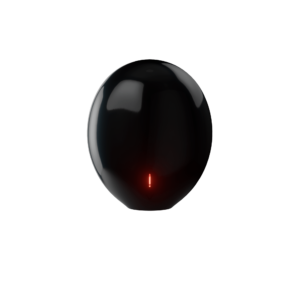
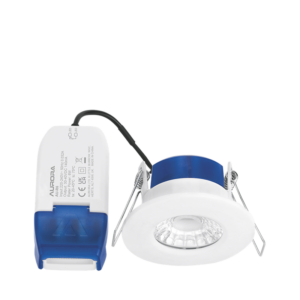
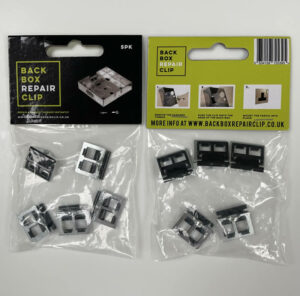
Showing all 5 results
Showing all 5 results


Get a head start on your projects with our handy ideas and inspiration posts, we have created some helpful guides to help you make the right decisions before buy. Stay current with the latest electrical tips on our blog.
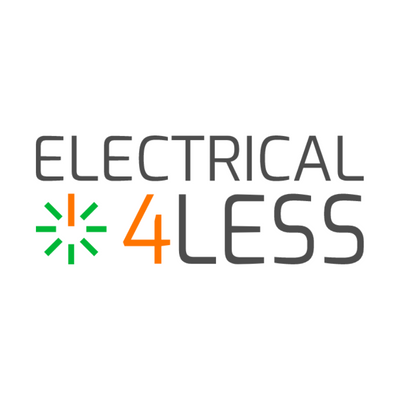
Dear valued customers, We wanted to inform you about some upcoming changes to our pricing…
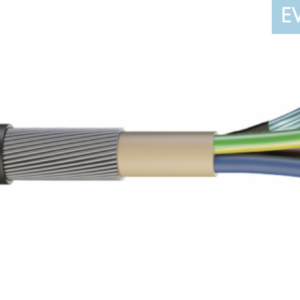
Shop Now EV-Ultra® – 3 Core 6mm SWA or Tuff and CAT5 combined This cable…

Once your credit account application has been approved you can shop on our website and…
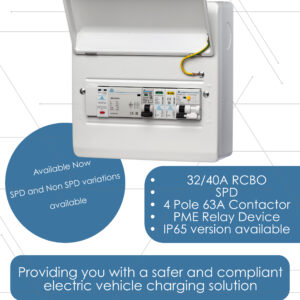
PME Fault Detection Consumer Units also known as PEN Loss Consumer Units in stock now.
Three-phase distribution boards are an essential component of any electrical power system. They provide an organized distribution of power throughout a building or facility and help to ensure safe and efficient operation of electrical equipment. In this post, we will discuss the different types of three-phase distribution boards, their benefits, and their use with and without surge protective devices (SPDs).
Three-phase distribution boards are available in different capacities to accommodate the varying electrical loads of a facility. The board consists of three main components, namely the main switch, circuit breakers or RCDs, and the busbar. The main switch is responsible for isolating the entire board from the mains power supply. The circuit breakers or RCDs are responsible for protecting individual circuits from overloading and short-circuiting. The busbar is the panel where the individual circuit breakers or RCDs are installed.
One of the significant benefits of using a three-phase distribution board is that they allow for effective management and distribution of power within a facility. By having separate circuits, it helps to isolate any issues and limit power outages, which can be disruptive to a facility’s operation. Additionally, three-phase distribution boards can accommodate larger loads, making them ideal for larger facilities with a higher electrical demand.
However, despite their ability to manage power distribution effectively, three-phase distribution boards are still susceptible to voltage surges, which can cause damage to electrical equipment. This is where surge protective devices (SPDs) come into play. SPDs are designed to protect electrical equipment from voltage surges. They act as a barrier, diverting any voltage surges away from the equipment and into the ground, preventing damage to the equipment.
When using a three-phase distribution board with SPDs, the benefits are clear. Electrical equipment is better protected from voltage surges, which means less downtime and fewer repairs. The use of SPDs can also extend the lifespan of electrical equipment, which can save money in the long run. It’s important to note that SPDs should be installed by a qualified technician and should be checked regularly to ensure they are working correctly.
In conclusion, three-phase distribution boards are a critical component of any electrical power system. They provide organized power distribution and help to ensure the safe and efficient operation of electrical equipment. While they are effective on their own, the use of SPDs can enhance their performance and improve the lifespan of electrical equipment. Facilities should consider investing in both three-phase distribution boards and SPDs to optimize their power distribution and equipment protection.


To access and complete the B2B client application form, please log in to your account at Electrical4less. If you encounter any issues or need assistance, don't hesitate to contact our support team.



